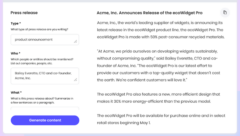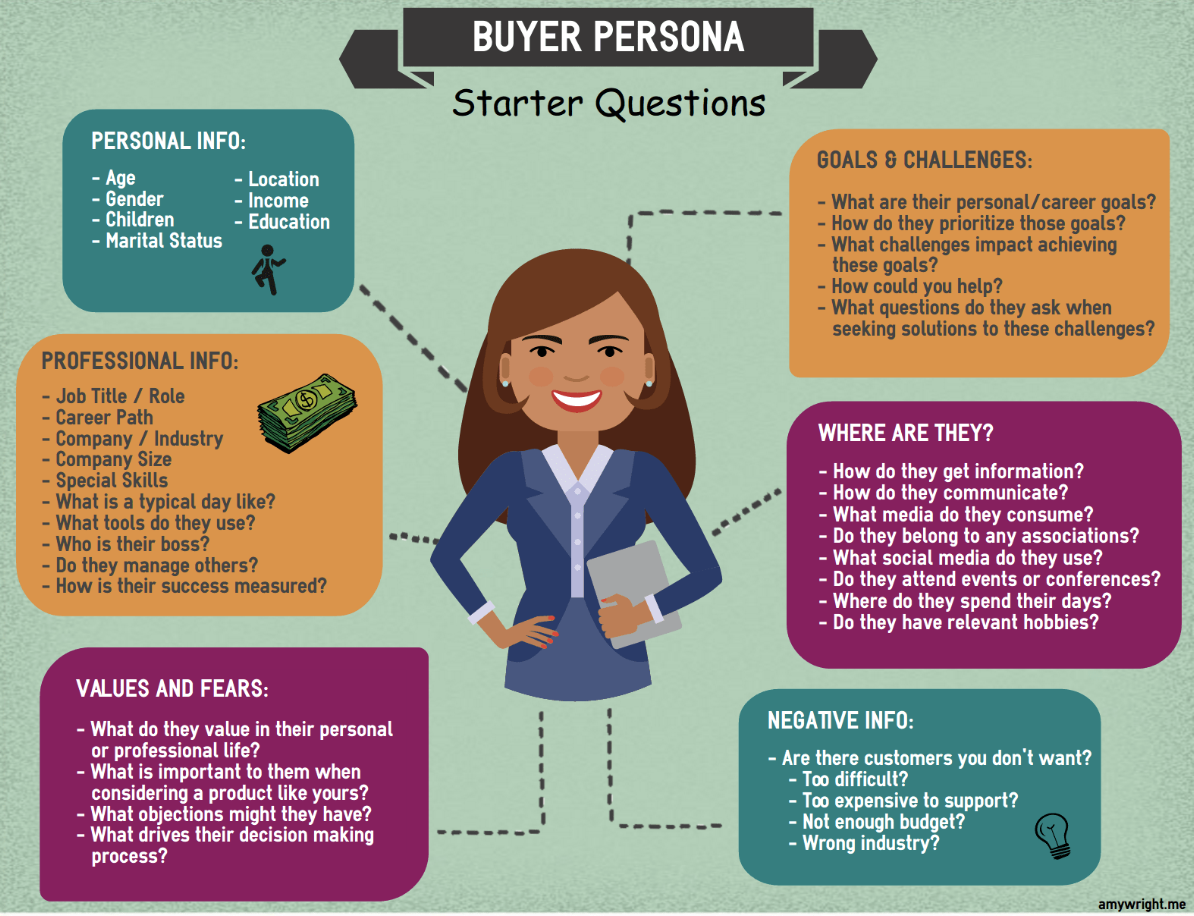With every brand striving to capture the attention of its audience, integrating marketing and public relations has become more important than ever. You can maximize your efforts and achieve remarkable results by unifying these two areas.
Defining your integrated marketing and PR strategies can help you build trust and increase sales. Supported by one team with common goals, this approach will ensure agility and efficiency, which are what you need in today’s business world.
This article will teach you how to integrate marketing and public relations for the best results.
Understanding Marketing and Public Relations
Marketing and PR are two separate fields, each with a specific goal. Although their roles may occasionally overlap, their goals and methods differ significantly.
Marketing focuses on promoting products or services, generating leads, and driving sales. On the other hand, PR is about managing relationships with the public, building a positive image, and fostering trust and credibility.
While their objectives may differ, marketing and PR serve the larger goal of achieving organizational success. Whether it’s increasing revenue, building brand reputation, or fostering positive relationships, the integration of marketing and PR creates a comprehensive approach that ensures the achievement of these goals.
Benefits of Integrating Marketing and Public Relations
Integrating marketing and PR can bring your business a multitude of benefits. Here are some of them:
- Increased brand awareness and recognition: PR helps boost brand reputation and recognition by distributing news releases in major publications (and by circulating stories in the media). These actions help make your brand more visible and memorable to your target audiences. It’s much easier to sell products or services to those leads.
- More effective communication with stakeholders: By aligning cohesive messaging across PR and marketing channels, you can ensure your message gets across more effectively.
- Enhanced credibility and reputation: PR plays a crucial role in shaping and maintaining a positive brand reputation. When integrated with marketing activities, it bolsters brand credibility, as authentic and consistent messages build trust among consumers. Your PR experts can establish connections with media outlets and influencers to build your brand reputation as it builds its marketing prowess.
- Savings in marketing budget through synergy and efficiency: Integrating marketing and PR can help you save time and money because you avoid effort duplication and leverage shared resources. Because your PR team makes your leads aware of your brand, your marketing team will spend less time and resources pushing them through the buyer’s journey. News releases also offer backlink opportunities that can assist with your SEO. This improves your search rankings at no additional cost—a nice little by-product.
- Improved customer engagement and loyalty: PR uses compelling narratives and storytelling techniques to build emotional connections and foster long-term customer loyalty. In this case, PR can act as an accelerator to help companies reach their marketing goals.
As you can see, integrating your PR and marketing efforts can give you a unified approach to communication. You can access a wider audience and gain more effective results than when you use only one discipline.
Steps to Integrating Marketing and PR
By this time, you understand the benefits of integrating marketing and PR. In this section, you’ll learn how to integrate them in the first place:
1. Develop a comprehensive strategy
Create a unified plan that aligns marketing and PR objectives, ensuring cohesive strategies. Build a brand strategy playbook that will work as a guide for your PR and marketing professionals.
For example, you might decide to incorporate an integrated video marketing strategy for every product launch. In your strategy, your marketing team first releases a video teaser on every new product on social media. Then your PR team organizes a corresponding product reveal event that shows the media and other stakeholders a more detailed version of that video.
2. Align messaging and positioning
Craft consistent messages in your marketing and public relations efforts. This alignment reinforces your brand identity and helps you stand out in a crowded marketplace.

Use generative AI to help you create content that aligns with your brand values. Define your brand elements and put them in your playbook, too. Ensure your teams know how you want your brand to be positioned in the industry.
3. Coordinate channels
Integrate marketing and PR channels to amplify your message. These can include social media content, PR events, content marketing such as blog posts, and print ads. Make sure they all exude your brand personality.
If you’re using an external agency to help with your online reputation and public relations services, ensure they know the right marketing and PR channels to use and how to use them in the event of a crisis.
4. Integrate metrics and measurement
Implement a robust measurement framework to track the impact of your integrated efforts. You can gain valuable insights and optimize your strategies by aligning key performance indicators (KPIs) and using data analytics.
Marketers often limit tracking to specific data such as website traffic, bounce rate, and time-on-site from Google Analytics. The integration requires you to see the entire outbound and inbound marketing picture.
5. Foster collaboration and communication
Encourage cross-functional collaboration between marketing and PR teams. Open lines of communication foster innovation, synergy, and shared goals, resulting in more effective integrated PR and marketing campaigns. You can use plenty of online software to communicate and collaborate effectively. Trello, Slack, and Asana are just a few examples.
Best Practices for Integrating Marketing and Public Relations
Focusing on target customers can help you maximize the effectiveness of integrating marketing and PR strategies. Create a buyer persona to identify your audience’s needs, preferences, and pain points.

From there, you’ll be able to craft tailored PR and marketing messages that resonate.
Another proven practice includes using storytelling to emotionally connect with prospective customers. Compelling narratives evoke emotions. Use content marketing techniques to deliver valuable and relevant information. Maintain a consistent brand voice and image across all marketing and PR channels. Authenticity builds trust and strengthens relationships with your audience.
Employ the power of data to gain insights into consumer behavior, preferences, and trends. Analyze the performance of your integrated campaigns to make data-driven decisions and optimize your strategies for maximum impact. Leverage tools like customer relationship management (CRM) software to gather and analyze data.
To ensure you stay in the game, you need to continually evaluate and adjust your strategies and tactics. Regularly assess the effectiveness of your integrated efforts and adapt your integrated PR and marketing plan accordingly. For effective scheduling and coordination of marketing and PR activities, leverage the integration with Google Calendar. Staying agile and open to new marketing approaches will help you to stay ahead of the competition.
Case Studies of Successful Integration of Marketing and Public Relations
Nike constantly leverages influential athletes and social channels to promote empowering values and its products. This is how the brand integrates its marketing and PR efforts.
Here’s an example of this integration in action. The image below shows one of the brand’s #makeitcount publications.

It sends a simple message: working hard (and wearing Nike products) brings astonishing results. Therefore, the messaging that ultimately aims to sell also enhances Nike’s brand reputation.
With strategic PR initiatives, Coca-Cola combines experiential marketing events, such as pop-up activations and sponsorships. For instance, its multiple life-sized interactive Coca-Cola bottles were spread in a music festival set to create a buzz.

By creating memorable experiences and generating positive media coverage, Coca-Cola drives engagement, strengthens brand loyalty, and ultimately increases sales.
Airbnb strategically integrates PR and influencer marketing to build trust among consumers and increase brand awareness. Through collaborations with trusted influencers, like the actor Seth Rogen, Airbnb can tap into a new pool of audiences. 
The company leverages the influencer’s credibility to amplify its brand message and reach new potential customers.
Challenges and Risks of Integrating Marketing and Public Relations
While integrating marketing and PR offers numerous benefits, you should know the challenges and risks. Oftentimes, both teams will have different goals and priorities. This can lead to conflicts in strategy and execution. Therefore, effective collaboration and communication strategies play a key role in aligning objectives and finding common ground.
Measuring success can also be a challenge. Integrated campaigns require tracking the impact of both PR and marketing efforts on campaign results. Using a combination of quantitative and qualitative methods in conjunction with a common framework like the PESO Model™ can help evaluate success.
While technology and automation can streamline PR and marketing processes, over-reliance can lead to losing personal touch and authenticity. Strive to find the right balance between technology-driven tactics and human creativity.
Also, when integrating marketing and PR, ensure that both align with the core values and culture of the organization. Inconsistent messaging or actions that contradict the brand’s values can damage reputation and trust.
Watch Your Organization Thrive
Amplify brand awareness, enhance credibility, and engage your audience more effectively. By embracing the power of marketing and PR convergence, you can unlock new opportunities and increase the company’s return on investment.
By aligning customer communication, coordinating tactics, and fostering collaboration.
Remember to focus on the customer, leverage storytelling and content marketing, emphasize consistency and authenticity, and utilize data and analytics to inform decision-making. Learn from successful case studies and be aware of the challenges and risks associated with integration.
Put these steps into action, embark on a journey toward successful marketing and PR integration, and watch your organization thrive.